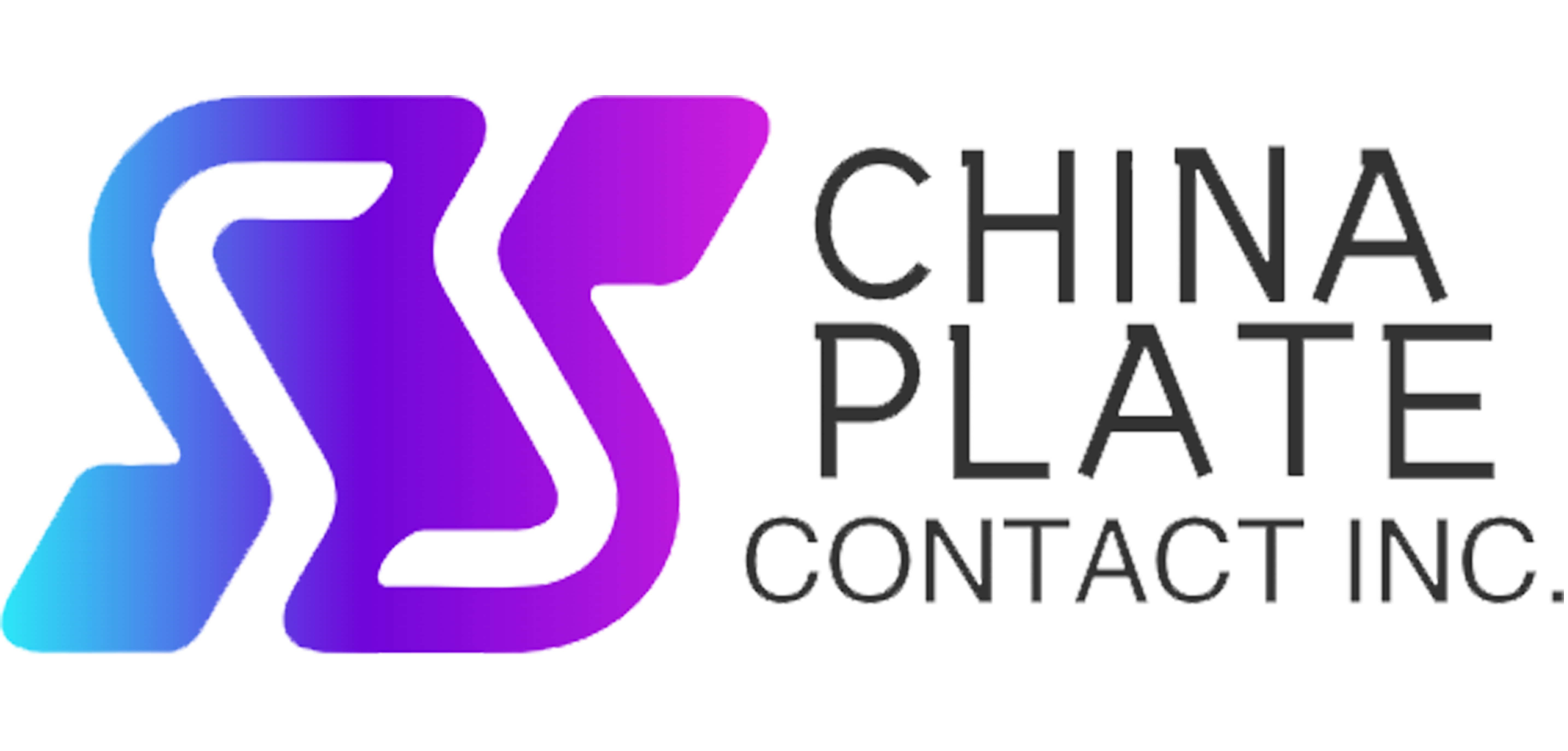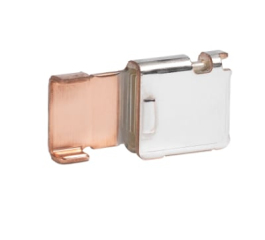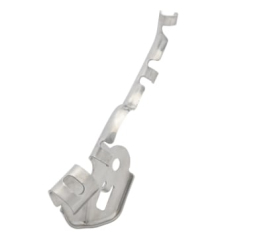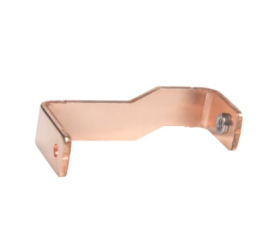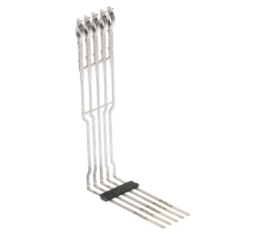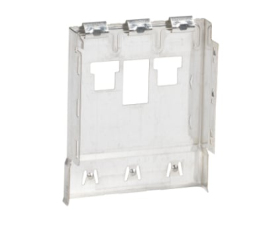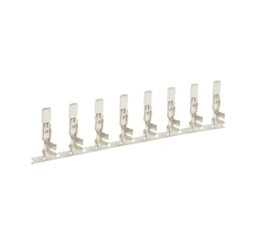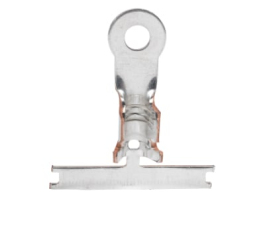Materials Used for Metal Stamping
Good metal stamping functionality is derived from various design characteristics, but the first thing to consider is the metal material selection. Material selection can determine many stamping performance factors in the part’s end application such as durability, power, electrical conductivity, strength, weight and other features that influence the part’s functionality at its end use. Choosing the right material will also help to significantly reduce overall production cost. China Plate Contact can produce precision metal stampings such as brackets, busbars, electronic shielding components, lead frames, press-fit pins, terminals, wire and cable connectors and other precision stampings using various copper-based, precious metal and ferrous metals.
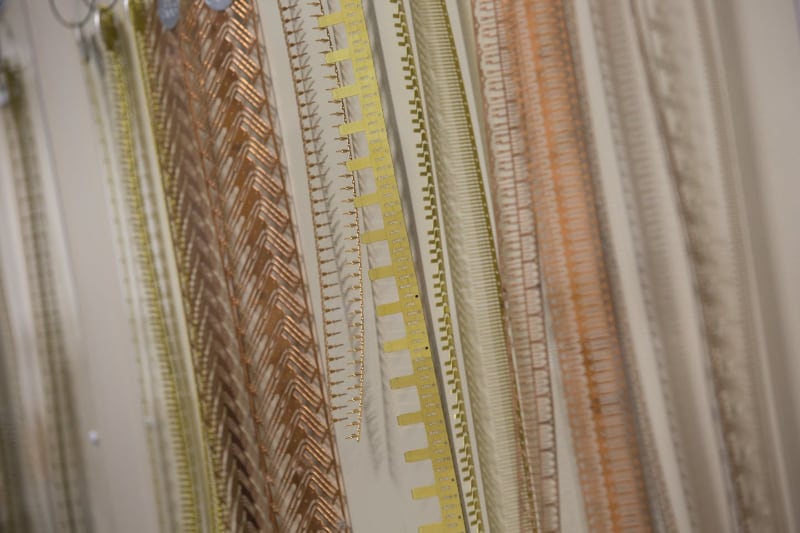
METAL TYPES
To ensure metal stampings maintain good design integrity, you have to understand and consider the environment of the product’s end application, the performance goals of the product itself and the features, properties and benefits of different metal materials. China Plate Contact has proved knowledge of the best material selection that with fit your project.
ALUMINUM PART STAMPING
Aluminum is a very light weight metal that is a good conductor of heat and electricity. Aluminum is also ductile, resistant to corrosion, has high tensile strength in low temperature environments, good for absorbing sound and shock vibrations and is non-magnetic. Another benefit of using aluminum in metal fabrication is that it’s a sustainable and recyclable material. Aluminum is a good material choice for shielding and housing stamping components where it can act as a sound and shock absorber while protecting subcomponents from negative impacts of other metal by relying on its non-magnetic nature.
BERYLLIUM COPPER PART STAMPING
Beryllium copper is known for its high electrical and thermal conductivity and high ductility. This metal is also corrosion and oxidation resistant and non-magnetic. Beryllium copper contains concentrations of beryllium, nickel and cobalt. Compared to pure copper, beryllium copper is harder and offers higher strength than all copper-based alloys. This metal is commonly used for electrical connectors, electrical contacts and housings.
BRASS PART STAMPING
Brass a hard and durable metal made primarily of copper and zinc. Brass is a very versatile metal known for its malleability, corrosion resistance and anti-microbial properties. Brass is also a conductor of electricity. Brass has a high-tensile strength which allows the metal to undergo a great deal of stress. Brass is used in many medical components due to its anti-bacterial properties and used for connectors, fasteners and fittings in various industry applications.
CARBON STEEL PART STAMPING
Carbon steel is a hard metal that offers good strength and malleability, but not more than stainless steel. Carbon steel is not a ductile metal or resistant to corrosion like stainless steel because of its carbon content of up to 2.1 percent. Carbon steel is known for having a lower melting point and higher thermal conductivity and heat distribution over stainless steel.
COPPER PART STAMPING
Copper is a softer metal known for its strength, malleability, ductility, heat and electrical conductivity, corrosion resistance, non-magnetism and machinability. Compared to all non-precious metals, copper has the highest rating for conductivity, which makes it a great material selection for electrical-power applications.
GALVANIZED STEEL PART STAMPING
Galvanized steel is steel with protective zinc coating applied to the metal to prevent the formation of rust. Galvanized steel is used in applications that require good long-wear use and performance as well as its hardness and strength.
HASTELLOY PART STAMPING
Hastelloy is a nickel-molybdenum alloy. This metal is highly resistant to corrosion or cracking in a range of stressful environments. Hastelloy is widely used in aerospace, solar and oil and gas industry applications.
INCONEL PART STAMPING
Inconel is a nickel-chromium alloy with additions of aluminum, and like Hastelloy, is highly resistant to corrosion in extreme environments under high pressure or heat. Inconel is oxidation resistant and has great strength at high temperatures. Inconel is highly used for aerospace and oil and gas applications where there is high temperature.
PHOSPHOR BRONZE PART STAMPING
Phosphor is a copper-based alloy with a mix of tin and phosphorous. The tin increases the corrosion resistance and strength of this metal and the phosphorous increases its wear resistance and stiffness. Phosphor bronze is known for having good spring functionality, good formability and solderability, good electrical conductivity and high fatigue and corrosion resistance. Phosphor bronze is typically used to produce springs, fasteners and electrical components.
PLATINUM PART STAMPING
Platinum is a very soft and malleable alloy known for being extremely resistant to corrosion. It’s also known for its ductility, strength, scratch resistance and catalytic properties meaning it can increase the speed of chemical reaction between substances without changing their physical properties. Platinum is also a conductor of electricity, but less conductive than copper-based metals and aluminum. Platinum is extensively used in the automotive industry for catalytic converters in trucks, buses and cars. Platinum is also used to produce computer electronics, wire components for medical and laboratory instruments and electrical contacts.
STAINLESS STEEL PART STAMPING
Stainless steel is known for its rust and stain resistant properties due to its 10-30 percent chromium content which prevents corrosion, unlike carbon steel. Compared to carbon steel, stainless steel offers higher strength, hardness and ductility. This temperature resistant metal offers easy formability and is used in applications such as clamps, clips and springs for various industries.
STEEL PART STAMPING
Steel is an alloy of iron with up to 1 percent of carbon, small proportions of manganese, and smaller amounts of other elements such as silicon, phosphorus, sulfur, and oxygen. Steel is known for its high strength and hardness and is most widely used in the structural building components industry because of its high strength and durability. Steel is commonly used to produce brackets, fixing, and mounting components.
TITANIUM PART STAMPING
Titanium is a lightweight, low-density, corrosion-resistant, and high-strength metal. Titanium is very ductile and known for its stiffness and toughness. Titanium has a high strength to weight ratio. Compared to aluminum, titanium is slightly heavier in weight but is higher in strength. Its strength can be compared to steel. Titanium is used in aerospace and automotive engine applications because of its low density and ability to withstand extreme temperatures.
PLATING AND COATING
PLATING MATERIALS
We offer a range of pre- and post- plating options for metal stamping assemblies to allow for corrosion protection, electrical conduction, decorative use, wear resistance, coloring, bonding and lubricity. You can choose between overall plating, select plating or spot plating application. Metal stampings can be reel-to-reel plated, barrel plated, rack plated, vibratory plated or selective-loose-piece plated. Plating material finishes include:
- Copper
- Nickel
- Tin-Lead
- Tin
- Palladium
- Palladium-Nickel
- Silver
- Gold
- Zinc
COATING MATERIALS
Stampings may require a surface coating for dielectric insulation, application environment protection, heat and extreme temperature protection, abrasion protection, and corrosion protection in various electrical applications. Coatings can be applied through a fluidized bed dip process, electrostatic fluidized bed dip process, and electrostatic spray process, among other application methods. China Plate Contact produces metal stampings with an assortment of coating applications to meet your needs. Some examples of surface coatings include:
- Epoxy Powder Coating
- Nylon Powder Coating
- PVC Powder Coating
- Polyethylene Powder Coating
- Polyurethane Powder Coating
- Polyester Powder Coating
- Vinyl Powder Coating
- Vinyl Plastisol Liquid Coating
Our Production Parts
China Plate Contact produces a variety of precision metal stampings made from copper, precious metal and ferrous metals. We specialize in manufacturing of both precision electrical connectors and non-electrical parts that are used in our world’s most demanded consumer products and essentials.
Family owned and operated since 1941, we’ve designed production tooling and mass-produced a range of custom, precision metal stampings with progressive die heavy stamping including:
- Brackets
- Brake Components
- Busbars
- Clips
- Engine Components
- Furniture Parts
- Heat Sinks
- Housings
- Lead Frames
- Seat Belt Buckle (Steel Tongue)
- Selective Plated Lead Frames
- Selective Plated Terminals
- Shields
- Taillights
- Terminals
- Transmission Components
- Transmission Lead Frames
- Wire and Cable Connectors
